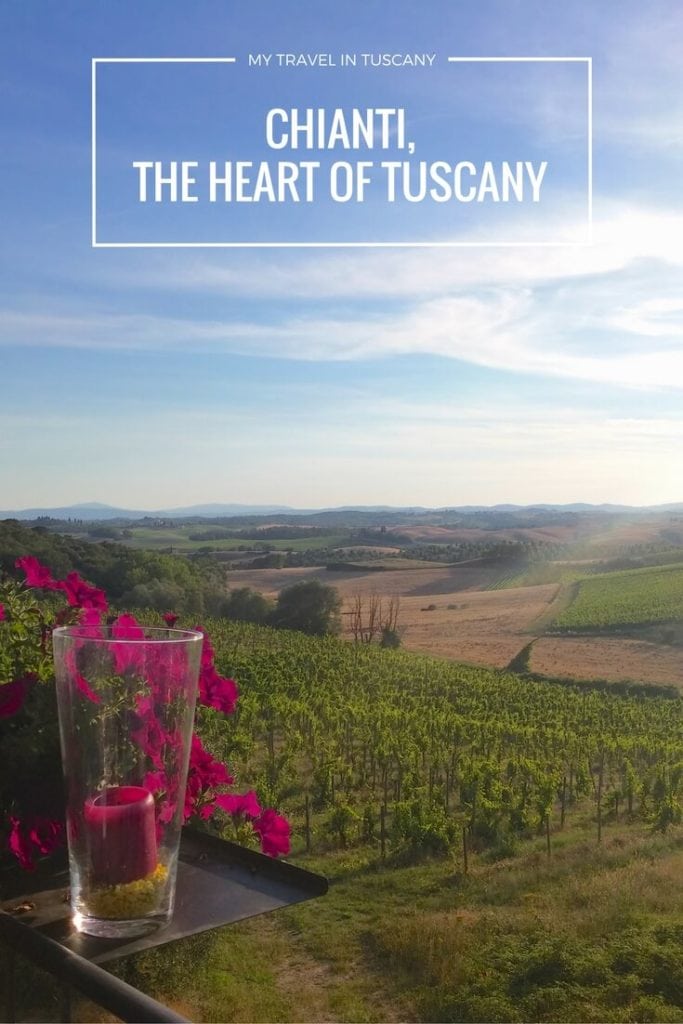Thinking about Tuscany, the first imagine coming up in your mind is a colored painting of rolling hills covered by green fields, wheat fields, olive groves, vineyards, cypress-lined country roads, castles and fascinating villas. This magic landscape is typical of the Chianti, one of the most popular and visited areas in the whole world.
The borders of “Chiantishire”, as it is called because of the popularity amongst British (since the time when, in the Sixties and Seventies, the English aristocrats who bought plots of Chianti lands cherished the isolation), are not well determined. They include the hilly countries between the province of Florence, Siena, Arezzo and the hills of Pisa. Historically, only the three municipalities of Castellina, Radda and Gaiole composed the Chianti. Together, they were also assembled the Chianti League, Lega del Chianti, a military legion with a black roaster as seal. On 1932, other six municipalities were added to the area with the creation of the Chianti wine region (it is the first wine area of the world to be established by a law).
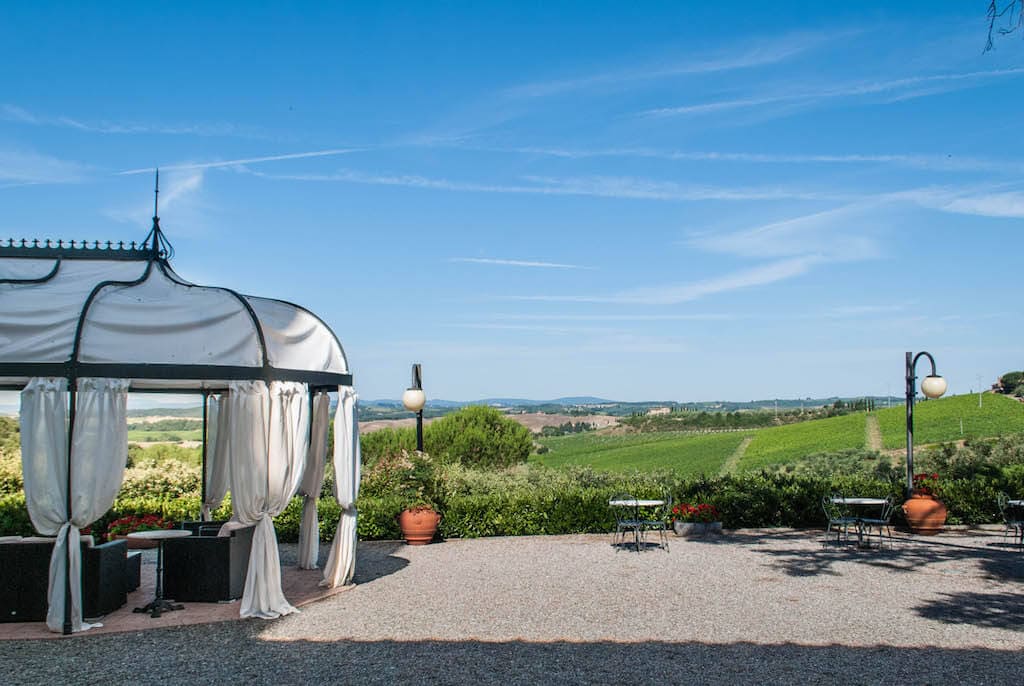
Beautiful panoramic terrace
A bit of History about the region
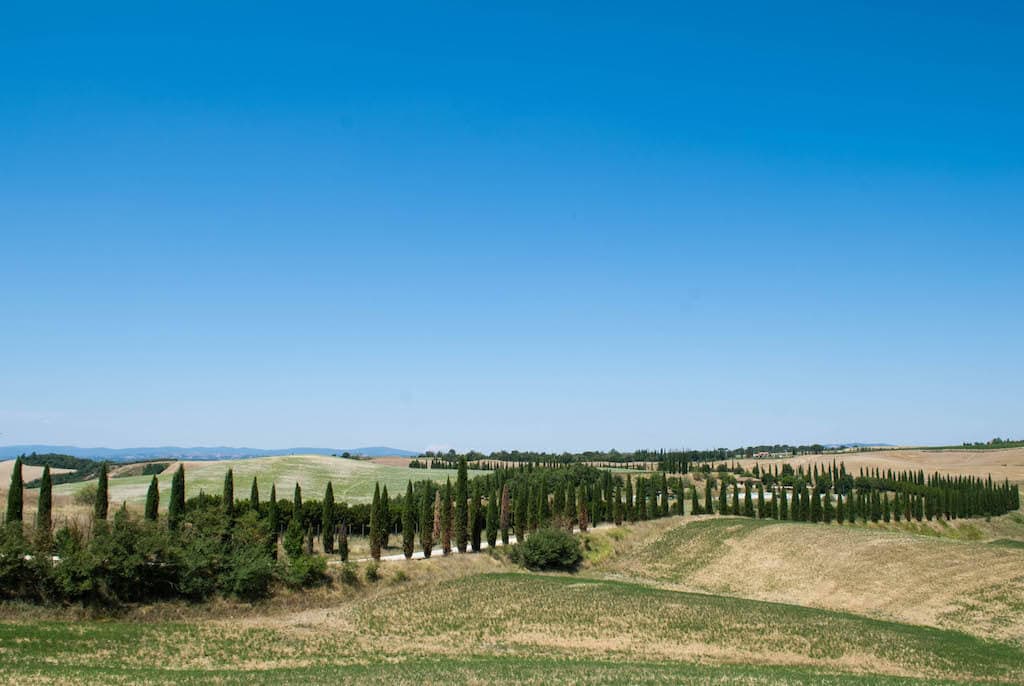
Originally, Chianti was a wild area covered by forests and streams. It was rich in animals and protected by the hills from the enemy.
During the Middle Age, it was theatre of fierce conflicts between Florence and Siena for the dominion of the territory. After years of battles Florence obtained the control of the area, and in 1250 they divided their territories into different leagues. They creating also the League of Chianti with the village of Radda as capital.
Only in the sixteen century, when wars were over, it became a quiet place to live. Many forests left the place to fields used for farming, olive groves and vineyards. The first exportation of Chianti wine to England has been recorded around the middle of 1500.
The region, as we know it today, is plenty also of medieval castles, Romanesque parish churches, small villages and beautiful historical villas hidden by forests. Together with the landscapes, it became an amazing place where anyone dreams to live, in peace, surrounded by the silence and the nature.
The Chianti famous wines
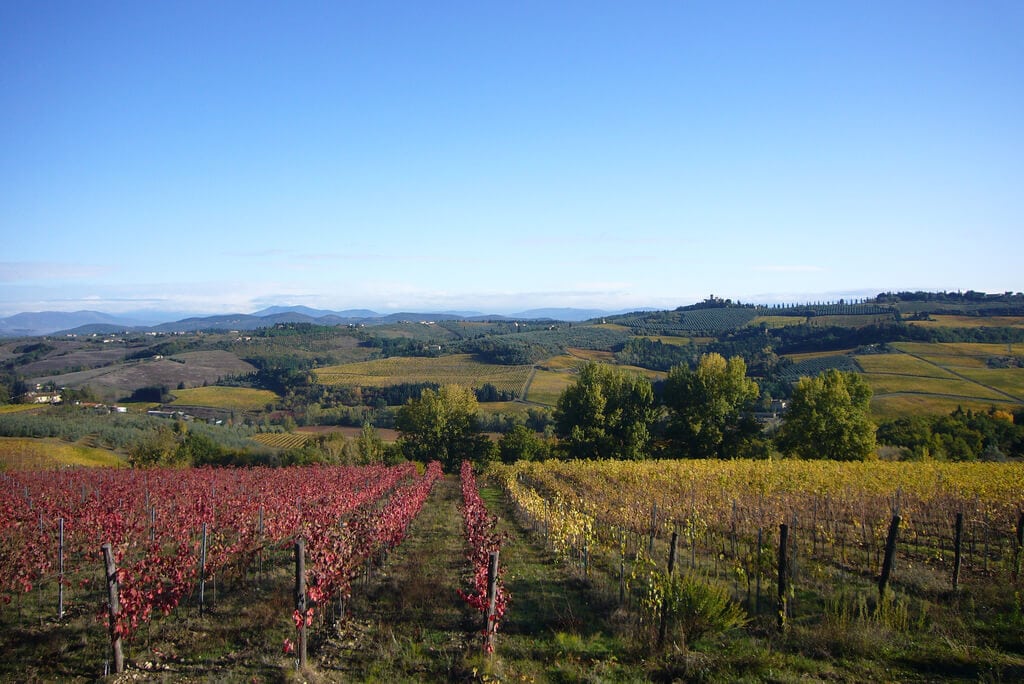
Vineyards – Photo Credits: Podere Casanova
Chianti also means wine. The label Chianti Classico is worldwide known and a producer association has been created to defend the quality and the uniqueness of the product.
It received also the DOCG status by the Italian and European law as assurance of origin and quality. It means that only wines produced with grapes hailing from this area (minimum 80% of Sangiovese + 20% of different authorized wines), and following a specific wine processing, can show the black roaster label on the neck of the bottle.
Visit one of the many vineyards tasting some excellent wines is a must-to-do. Consider that if you visit Chianti between the end of August and the end of September, some wineries are in the middle of the vendemmia, and could not be open to visitors.
The black roaster
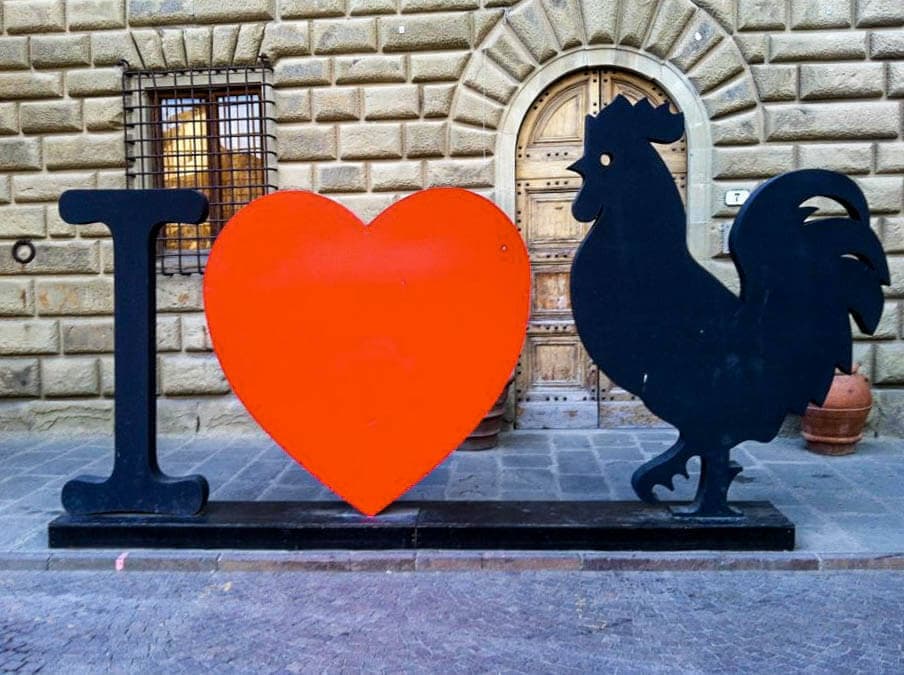
I love Chianti Classico – Photo Credits: Tjeerd Wiersma
The black roaster label takes its origin from the disputes amongst Florence and Siena. Legend says that, around the early 1200s, the two cities decided to settle the border dispute with a competition. Two horsemen, one from Florence and one from Siena, were to set-out at the cock’s crow to meet along the road that was connecting the two cities. The meeting point would have been the new border. As timekeeper, the Sienese chose a well-fed white roaster, while the Florentines opted for a starving black roaster. The day of the competition, the black roaster started to crow much earlier than the other, and the Florentine jockey could cover the most of the road and he met the Sienese horseman just few miles out of Siena.
The result of the run was that almost the entire area of Chianti Classico fell under the control of Florence. That’s why the League of Chianti, born in 1384, used the black roaster as symbol and nowadays it is used as logo of the Chianti Classico DOCG wines.
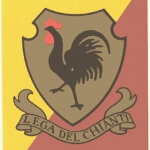
Lega del Chianti Coat of Arms
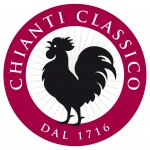
Black Roaster label
Two Itineraries along the Chianti region
Nowadays the area is made of nine municipalities, four under the province of Florence and five under Siena.
The best way to discover Chianti is, with no doubt, using the car. It is a region plenty of suggestive villages, castles, and perfect lookouts to admire dramatic Tuscan landscapes. Drive the car along panoramic roads is an experience that you cannot miss. You can easily stop whenever you want enjoying the place, the food, the wine, and your time with no stress.
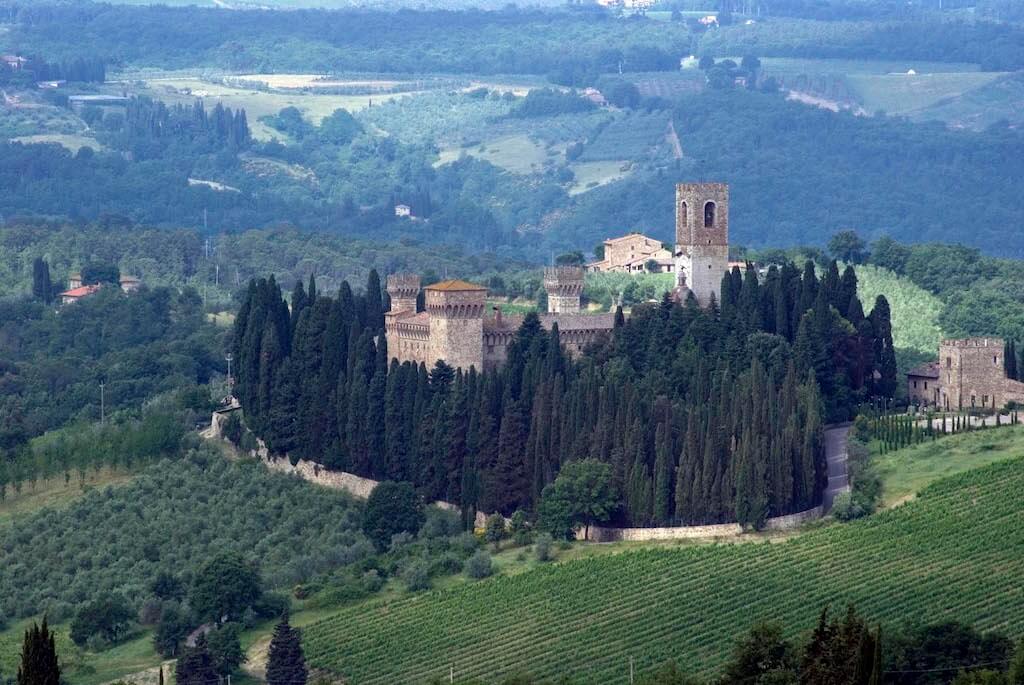
Abbey of Passignano
Driving down the south from Florence, you can choose between two different panoramic routes:
- If you take the 222 Chiantigiana Road, you reach first the village of Greve in Chianti and the two little hamlet of Montefioralle and Panzano. Then you can proceed to Castellina, Radda and Gaiole in Chianti, where you find the beautiful Brolio Castle. Finally, going ahead in direction south, you reach the Slow Town of Castelnuovo Berardenga, not too far away from Siena.
- If you drive down the Cassia road you reach the municipality of San Casciano in Val di Pesa, Tavarnelle in Val di Pesa and the historical Abbey of Passignano, Barberino Val d’Elsa and Poggibonsi.
If you are using Florence as base of your Tuscany holiday, you can choose to visit Chianti with a daily tour. For more tips about day trips to take from Florence, have a look here at our post.
Hoping you find this post useful before to visit Tuscany, stay tuned to take a deeper dive into many other aspects of Chianti region.
Pin it to share this content about Chianti on Pinterest.
